Wunderman Thompson has launched the 8th edition of The Future 100 in 2022. It’s their annual essential trend almanack offering a snapshot of the year ahead and the most compelling trends to keep on the radar. As a money blogger I’m keen to find out the crypto and metaverse trends they forecast for this year. Let’s have a look at how these trends are going to shape work and finances this year!
1. Cryptonomics
Is cryptocurrency finally on the path to legitimacy?
Cryptocurrency has seen its share of ups and downs. However, recent moves from major financial and political players may be sanctioning digital currency as a legitimate and accessible payment option.
PayPal launched its cryptocurrency service in the UK in August 2021. This allows British users to buy, hold and sell digital currencies on the popular e-payments app. The UK launch marks the first international expansion for PayPal’s cryptocurrency product since it launched in the United States at the end of 2020. While crypto has been around for a while, it’s not considered a mainstream payment method. PayPal believes that having access to crypto on their popular platforms is a good entry point for many users.
Eric Adams, the new mayor of New York City, is getting paid in Bitcoin. During his campaign, Adams signalled his intention to make New York the centre of cryptocurrency and other financial innovations.
Several countries are also experimenting with nationally regulated digital currencies. The wild west of cryptocurrency is therefore slowly being regulated and legitimized, opening the door to a future of digital economies.
China
China is currently piloting a digital yuan. The plan is to eventually roll out the electronic currency for mass public use. Over the past year, the People’s Bank of China has distributed several million dollars worth of digital currency via an app connected to six major state-owned banks.
China was even planning to test the digital currency with foreign visitors at the 2022 Beijing Winter Olympics. However, that door slammed shut when Beijing decided to cut the games off from local spectators and overseas visitors due to Covid-19. Nevertheless, in January 2022, more than 261 million individual users nationwide registered a digital yuan wallet. The number of users has nearly doubled since October 2021.
Japan
In April 2021, the Bank of Japan (BOJ) kicked off its first phase of digital currency testing, and this initial exploratory step will continue through March 2022. The BOJ will focus on testing the technical feasibility of issuing, distributing and redeeming a central bank digital currency.
United Kingdom
Also in April 2021, the UK finance minister Rishi Sunak told a fintech industry conference that the UK Treasury and Bank of England had launched a joint task force “to coordinate exploratory work on a potential central bank digital currency.”
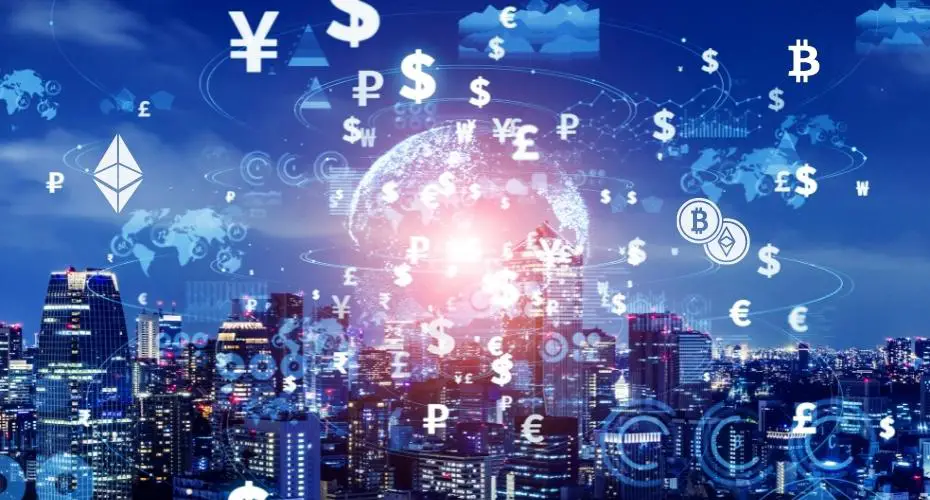
2. NFT marketplaces
Brands are finding new revenue streams in the evolving non-fungible-token sector. Are NFTs going to be the biggest metaverse trend in 2022?
Companies are growing their revenue in this new digital frontier. Digitally savvy consumers are looking to collect and trade non-fungible tokens (NFTs). In the meantime, artists and brands are ready to create and mint them —and all parties are meeting in emerging forums in the metaverse.
Sotheby’s is the first auction house to launch a marketplace dedicated to NFTs. Announced in October 2021, its Metaverse is backed by celebrities and supports numerous digital artists.
In the same month, cryptocurrency exchange Coinbase announced it was launching an NFT marketplace, and opened an early access waitlist for interested investors. The Coinbase NFT platform includes “social features” that support the “creator economy” – people who make money from creating videos and online content.
As major brands and industries continue to invest in NFTs and participate in their trade, the metaverse is evolving in its potential for revenue and opportunities.
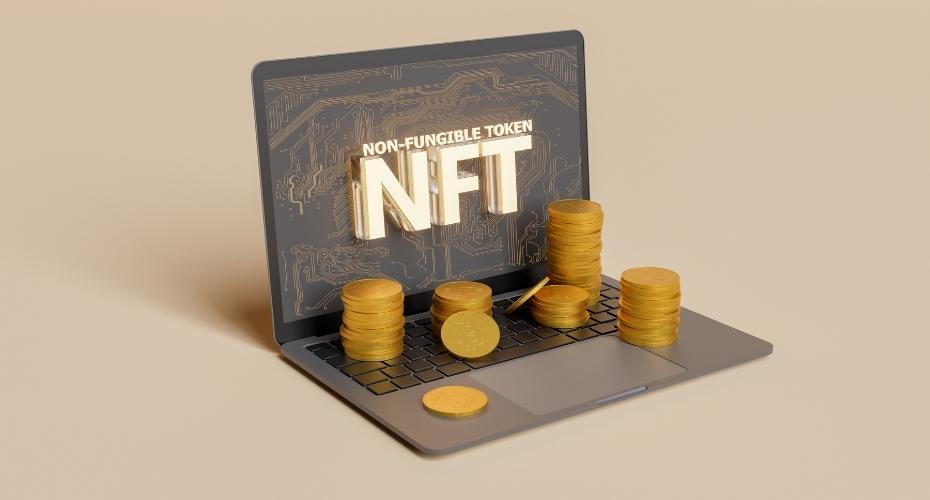
3. Crypto-elites
There’s a new way to signal your social status with the emergence of desirable and, crucially, ownable digital assets in the shape of NFT characters.
From star athletes to rappers to tech entrepreneurs, the rich and famous are snapping up NFT characters.
NBA star Steph Curry paid $180,000 for Bored Ape Yacht Club character #7990. Former boxing champ Mike Tyson has a Cool Cat, while tech entrepreneur Alexis Ohanian owns a Pudgy Penguin. Ohanian also invested in a $280,000 CryptoPunk for his wife, tennis legend Serena Williams. Not bad for a CryptoPunk—in 2021, rare versions have sold at auction houses for up to $7 million. Even finance giant Visa is getting in on the action, acquiring a mohawked CryptoPunk for $150,000 in 2021.
Once acquired, many investors opt to use their NFTs as social media avatars to show they are part of the club. NFT avatars at their most basic are a “flippable” asset with genuine market value. However, they are also a way to underline both wealth and status, marking any owner as a paid-up member of the crypto-elite. Alongside their asset, investors gain access to valuable social and networking opportunities with their fellow owners via memberships to exclusive Discord channels. There are already rental and fractional ownership models for those who can’t afford to own their own character.
The real value of NFTs
Crypto-investor and influencer Cooper Turley who own a CryptoPunk NFT has noted that the “social capital that comes from owning the punk is so much higher than any amount of money. You’re going to get lifetime benefits from having it. You get entry into a very exclusive club of collectors and holders. I think that the cachet of just holding something like that is something that’s never going to go away.”
Whether NFT characters have long-term staying power is so far unclear. But perhaps more interesting is the wider trend toward virtual status signifiers. Wunderman Thompson Intelligence’s “Into the Metaverse” report identified a strong consumer appetite for virtual ownership. Virtual possessions seem to have the same symbolic value and convey status in the same way as real-world luxury items do. As we head to the metaverse, it seems unequivocal that our avatars will be the focus of the significant investment.
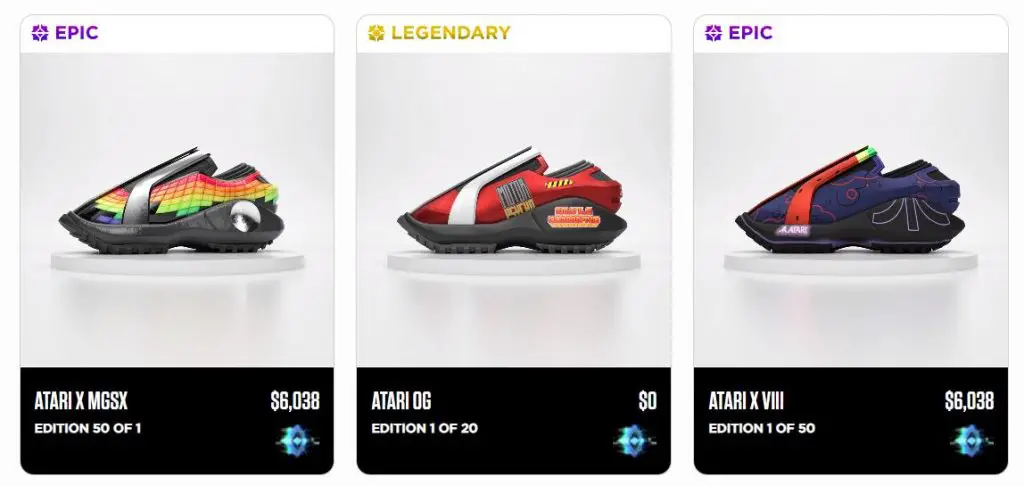
4. Crypto-artisans
The Web 3.0 economy is providing an alternative to corporate employment in the form of decentralized autonomous organizations (DAO). But what are DAOs?
In simple terms, DAO is a digitally native community or organization that could potentially represent the future of work.
Strictly speaking, a DAO is a community-led digital organization that runs on blockchain technology. It’s not managed by a CEO or board of directors. Instead, it has lines of code that define its operations, known as a smart contract. In practice, many DAOs are not yet fully autonomous. Therefore, the term is also used colloquially to refer to digital organizations in general. These are more like online collectives that have common interests and goals.
Crucially, DAOs also have built-in treasuries linked to cryptocurrency. This means that members can earn tokens in return for their contributions. A new breed of crypto worker is already being drawn to DAOs as an alternative to the corporate nine-to-five.
Why work for a DAO?
From an employee’s point of view, DAOs have a lot to offer. Since they are digital, there are no physical headquarters or geographic boundaries — both already outdated notions for many Gen Zers. DAOs have little to no hierarchy so there are no bosses either. Instead, they offer members the ability to collectively influence decisions and share in profits. Above all, they offer a readymade community of like-minded, passionate, and highly invested people all pursuing the same goal.
This raises the question: could traditional companies morph into DAOs? The answer is that it’s already happening. For example, ShapeShift (a crypto-trading platform) plans to dissolve its corporate structure and transition to a DAO model in 2022.
Like any organization, DAOs have their challenges. Community insiders acknowledge there’s much to figure out, from gaining clarity on legal status to resolving conflicts. Nevertheless, the combined lure of community, flexibility and shared purpose is so far proving strong.
Not every company will want to copy the DAO model, nor will it be universally appropriate. However, there are interesting lessons to learn from this new model in terms of community, culture building and worker empowerment. In an era of employee activism, many want to shape the place they work to fit their values.

5. Metaverse recruits
From virtual material designers to creatives across the board, companies are hiring for a metaverse workforce.
Another metaverse trend to look out for in 2022 is metaverse recruits. The metaverse virtually recreates pretty much all aspects of life, and recruitment is no different.
“In the coming years, companies of all kinds are increasingly going to be re-orienting towards a hybrid model of virtual and physical work, production, commerce and communications,” Grant Paterson, head of gaming and e-sports at Wunderman Thompson, explains.
Nike filed seven trademark applications in October 2021; they include the use of “downloadable virtual goods” and “retail store services featuring virtual goods.” In the same month, the company started recruiting virtual material designers to sit within its digital product creation team.
One month later, British television broadcaster ITV posted a position for a metaverse creative within its new Metavision initiative, which “looks to combine the worlds of gaming, entertainment and advertising.” The role involves creating metaverse brand activations from the concept stage to execution.
When social media became mainstream, companies scrambled to hire social media leads. Recruiting talent to help build offerings around the metaverse will be reminiscent of that hurry to hire, and maybe even more urgent.
Conclusion: Crypto & Metaverse Trends
While cryptocurrencies, NFTs and metaverse are gaining increased interest, they aren’t widely used by mainstream consumers yet. However, cryptocurrencies are slowly becoming regulated and legitimized and metaverse technology is constantly improving. This certainly helps to open the door to a future of digital economies.
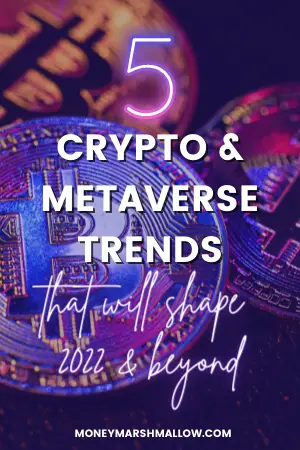
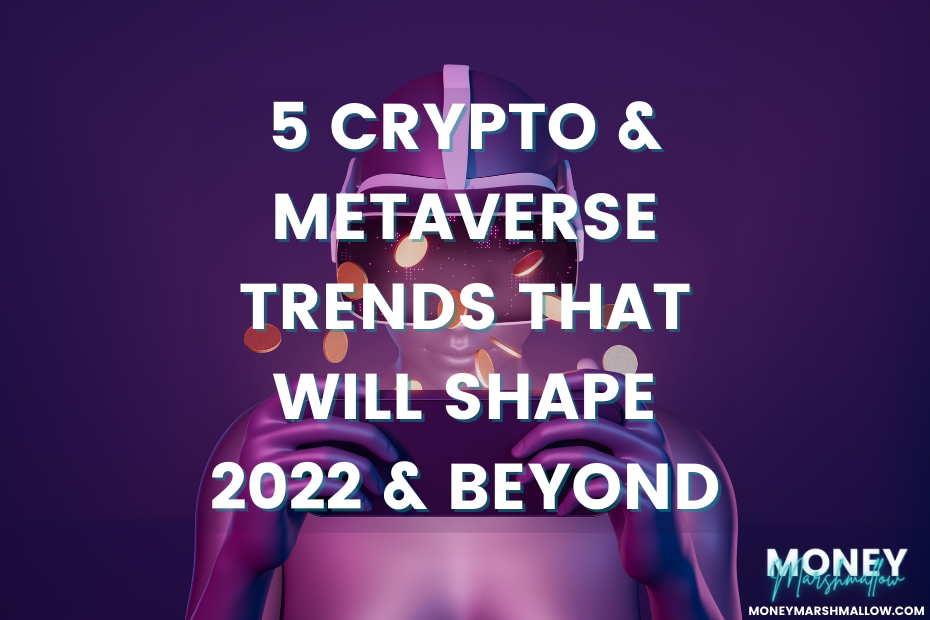
Such a fascinating topic and something I knew nothing about! Thanks for breaking it all down for us 🙂
Interesting stuff! Going to have to rethink my crypto strategy in 2022! Thanks for the info!